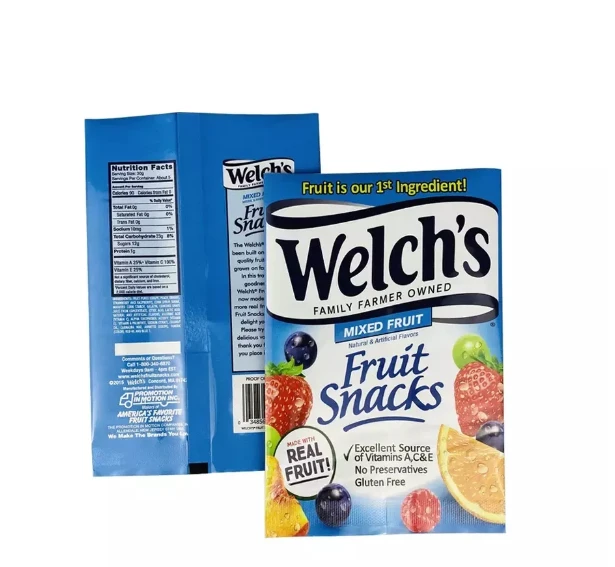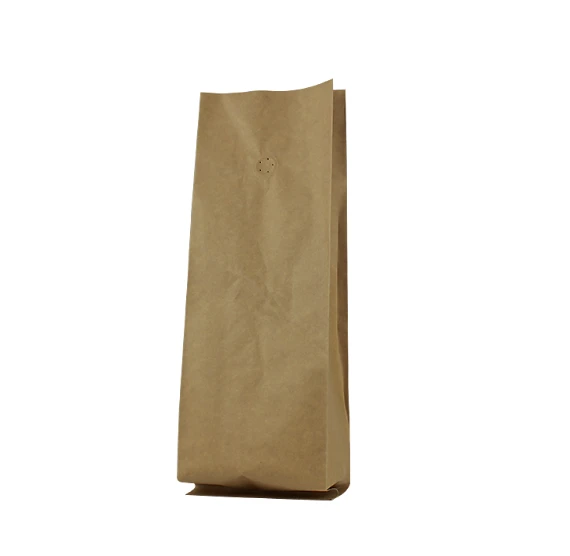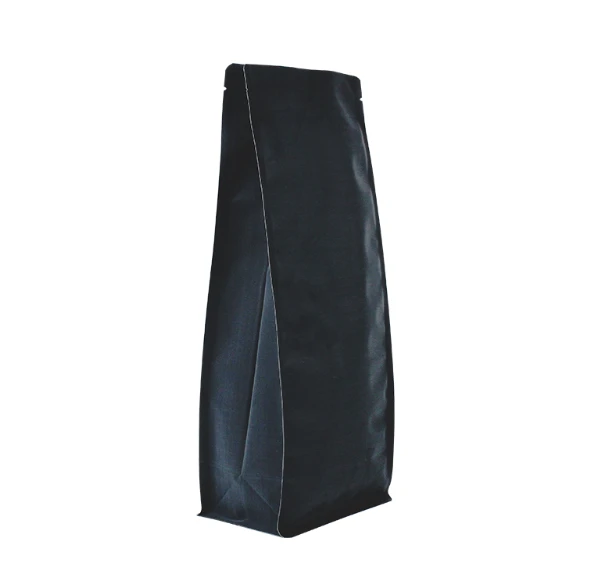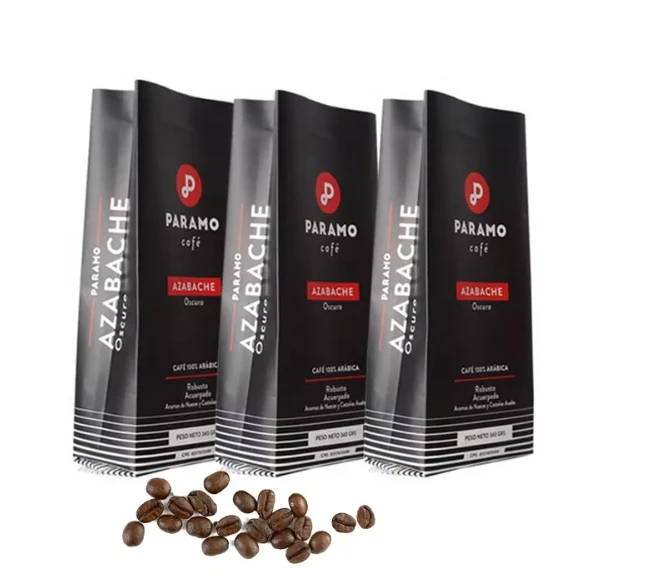- Afrikaans
- Albanian
- Amharic
- Arabic
- Armenian
- Azerbaijani
- Basque
- Belarusian
- Bengali
- Bosnian
- Bulgarian
- Catalan
- Cebuano
- chinese_simplified
- chinese_traditional
- Corsican
- Croatian
- Czech
- Danish
- Dutch
- English
- Esperanto
- Estonian
- Finnish
- French
- Frisian
- Galician
- Georgian
- German
- Greek
- Gujarati
- haitian_creole
- hausa
- hawaiian
- Hebrew
- Hindi
- Miao
- Hungarian
- Icelandic
- igbo
- Indonesian
- irish
- Italian
- Japanese
- Javanese
- Kannada
- kazakh
- Khmer
- Rwandese
- Korean
- Kurdish
- Kyrgyz
- Lao
- Latin
- Latvian
- Lithuanian
- Luxembourgish
- Macedonian
- Malgashi
- Malay
- Malayalam
- Maltese
- Maori
- Marathi
- Mongolian
- Myanmar
- Nepali
- Norwegian
- Norwegian
- Occitan
- Pashto
- Persian
- Polish
- Portuguese
- Punjabi
- Romanian
- Russian
- Samoan
- scottish-gaelic
- Serbian
- Sesotho
- Shona
- Sindhi
- Sinhala
- Slovak
- Slovenian
- Somali
- Spanish
- Sundanese
- Swahili
- Swedish
- Tagalog
- Tajik
- Tamil
- Tatar
- Telugu
- Thai
- Turkish
- Turkmen
- Ukrainian
- Urdu
- Uighur
- Uzbek
- Vietnamese
- Welsh
- Bantu
- Yiddish
- Yoruba
- Zulu
heat shrink pack
Understanding Heat Shrink Packs An Essential Packaging Solution
Heat shrink packing is a highly efficient packaging method used across various industries, from food and beverage to electronics and logistics. This technique employs specially designed plastic films that contract when exposed to heat, forming a tight seal around the product. The primary purpose of heat shrink packing is to provide protection, preservation, and presentation for goods, making it a favored choice for manufacturers and retailers alike.
The Process of Heat Shrinking
The heat shrinking process begins with the selection of a suitable shrink film, often made from polyolefin, PVC, or polyethylene. These materials are chosen for their durability, clarity, and ability to form a tight seal. The packaging process typically involves the following steps
1. Product Placement The items intended for packaging are placed in the center of the shrink film. 2. Sealing The edges of the film are brought together and sealed using heat sealing equipment, which melts the edges of the film to create a secure closure around the product.
3. Heating The sealed package is then subjected to heat using a heat gun or in a shrink tunnel. As the temperature rises, the film begins to shrink, tightly conforming to the product's contours.
4. Cooling Once the desired shrinkage is achieved, the package is cooled, allowing the film to set in its new shape, providing a robust and attractive presentation.
Advantages of Heat Shrink Packing
1. Protection One of the primary benefits of heat shrink packing is its ability to protect products from dust, moisture, and physical damage. The tight seal prevents contaminants from compromising the product's integrity during storage and transportation.
heat shrink pack

2. Enhanced Shelf Life For food products, heat shrink packaging can extend shelf life by providing a barrier against environmental factors that can accelerate spoilage. This is critical for businesses that prioritize freshness and quality.
3. Cost-Effectiveness Heat shrink packaging is often more economical than traditional packaging methods. The materials used are typically less expensive, and the efficiency of the process can lead to reduced labor costs.
4. Visual Appeal The clarity of shrink film allows the product to be visible, enhancing its shelf presence. This visual transparency is particularly advantageous in retail environments where first impressions matter.
5. Versatility Heat shrink packing can accommodate a wide range of products, from small items like electronics to larger goods like boxes or pallets. This versatility makes it a popular choice for businesses with varied packaging needs.
Applications of Heat Shrink Packing
Heat shrink packing finds applications in multiple sectors. In the food industry, it is used for wrapping meats, cheeses, and ready-to-eat meals. In the electronics industry, it is often employed to package components, ensuring they remain intact and protected from static and moisture. Additionally, logistics companies utilize heat shrink packaging for bundled products to ensure safe transit.
Conclusion
In summary, heat shrink packing serves as an innovative and effective solution for protecting and presenting products across various industries. Its combination of efficiency, cost-effectiveness, and versatility makes it a first-choice option for businesses looking to enhance their packaging processes. As technology continues to evolve, the applications and materials used in heat shrink packaging are likely to expand, providing even greater benefits to manufacturers and consumers alike. By embracing this packaging method, businesses can ensure their products remain safe, fresh, and appealing—key factors that contribute to customer satisfaction and brand loyalty.













